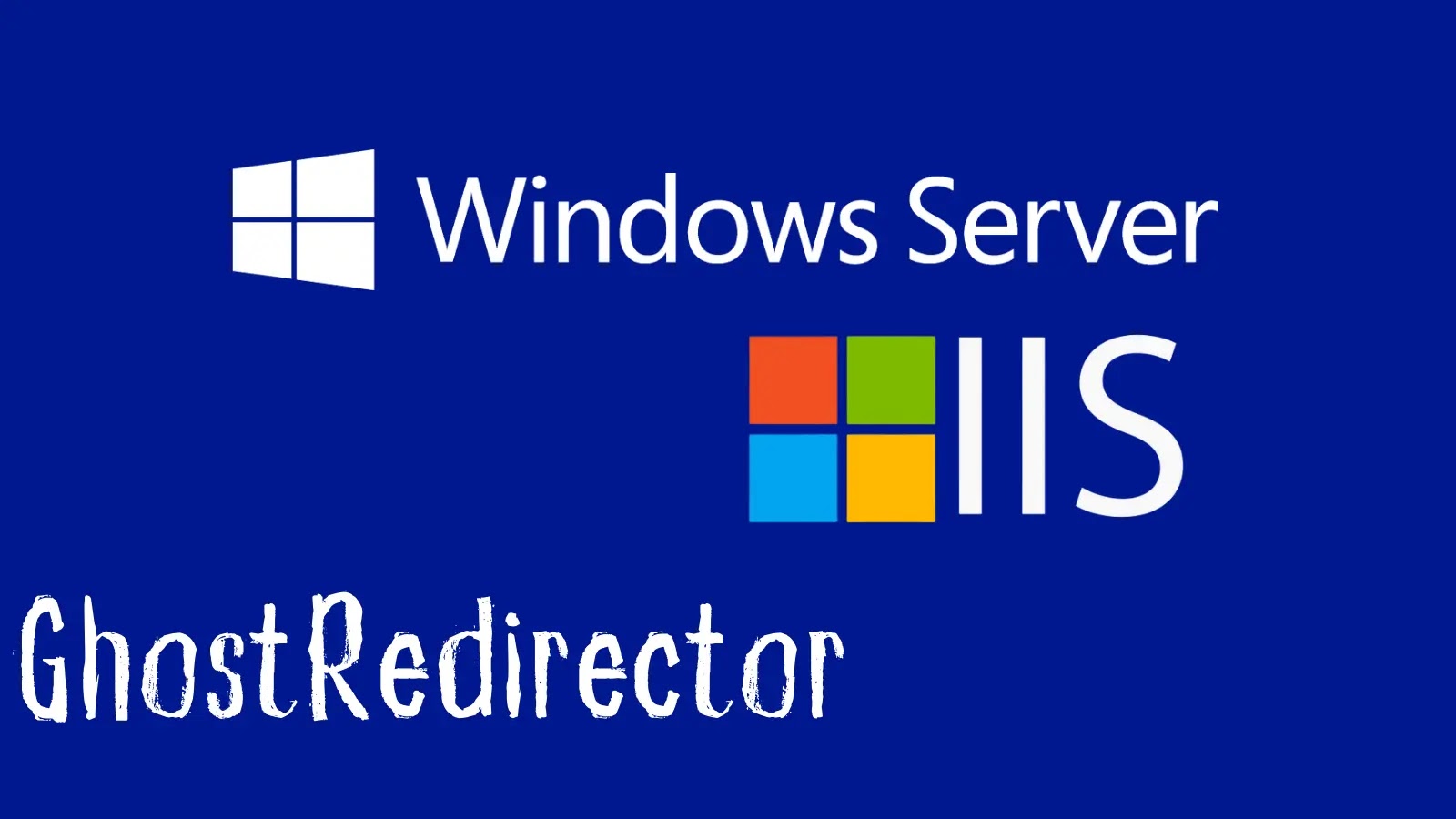
GhostRedirector Hackers Compromise Windows Servers With Malicious IIS Module To Manipulate Search Results
Unmasking GhostRedirector: A New Threat to Windows Server Integrity
In the evolving landscape of cyber threats, a new adversary has emerged, specifically targeting Windows servers to manipulate search engine results for financial gain. Dubbed “GhostRedirector” by cybersecurity researchers, this sophisticated hacking group has compromised at least 65 Windows servers globally, deploying custom malware that leverages malicious Internet Information Services (IIS) modules. This illicit activity underlines a critical vector for attacks, underscoring the constant need for robust server security and vigilance among IT professionals and security analysts.
The Modus Operandi: IIS Module Exploitation
GhostRedirector’s primary attack vector involves the deployment of a custom, malicious module for Microsoft’s IIS. IIS, a foundational web server for many Windows environments, is designed to be extensible through modules. Threat actors exploit this extensibility by installing their own modules, which can then intercept and manipulate HTTP requests. In GhostRedirector’s case, this manipulation is specifically tailored to redirect legitimate web traffic to deceptive sites or to inject unwanted content into search results, ultimately serving the group’s financial objectives.
This method of attack is insidious because malicious IIS modules can operate with high privileges, often bypassing traditional perimeter defenses and remaining undetected for extended periods. They integrate deeply into the web server’s functionality, making detection and removal particularly challenging.
Geographic Reach and Impact
The ESET report highlights that GhostRedirector has already compromised over 65 Windows servers worldwide. While the full extent of this compromise is still being assessed, the global distribution indicates a widespread and organized campaign. The immediate impact of these compromises includes:
- Search Engine Result Manipulation: Altering search results to promote fraudulent content, phishing sites, or competing services, potentially damaging the reputation of legitimate businesses.
- Traffic Redirection: Illegally diverting legitimate website traffic to attacker-controlled pages, leading to financial loss for the affected organizations and a negative user experience.
- Resource Consumption: Malicious modules can consume significant server resources, impacting the performance and availability of legitimate web services.
Technical Analysis of the Malicious IIS Module
The custom malware deployed by GhostRedirector is specifically engineered to integrate seamlessly with IIS. These modules often act as ISAPI filters or HTTP modules, allowing them to:
- Intercept HTTP Requests: Analyze incoming web requests and outgoing responses.
- Modify Content: Inject malicious scripts, redirect URLs, or alter page content on the fly.
- Mask Activity: Employ sophisticated obfuscation techniques to avoid detection by standard security tools.
Such modules typically reside deep within the IIS configuration, making standard server scans less effective. Their presence often indicates a severe breach of the server’s root security, likely through compromised administrative credentials or exploitation of unpatched vulnerabilities.
Remediation Actions and Proactive Defense
Defending against advanced persistent threats like GhostRedirector requires a multi-layered security strategy. For organizations running Windows servers with IIS, immediate remediation and proactive measures are crucial:
- Inspect IIS Configuration: Regularly audit your IIS configuration for unknown or suspicious modules. Pay close attention to
ApplicationHost.configand individual websiteweb.configfiles for unauthorized entries. - Review IIS Logs: Analyze IIS logs for unusual patterns, such as atypical requests for non-existent pages, high numbers of redirects, or requests originating from unusual IP addresses.
- Endpoint Detection and Response (EDR): Deploy EDR solutions on all Windows servers to monitor for suspicious process activity, unauthorized file modifications, and network connections.
- Regular Patch Management: Ensure all Windows OS and IIS components are kept up-to-date with the latest security patches. While no specific CVE has been linked to the initial compromise vector for GhostRedirector in the provided text, general best practice dictates patching for known vulnerabilities.
- Principle of Least Privilege: Implement strict access controls for IIS administration. Only authorized personnel should have the ability to install or modify IIS modules.
- Network Segmentation: Isolate critical IIS servers within your network to limit the lateral movement of attackers in case of a breach.
- Web Application Firewall (WAF): Deploy a WAF in front of your IIS servers to detect and block malicious requests and potential exploitation attempts.
- Security Audits and Penetration Testing: Conduct regular security audits and penetration tests to identify vulnerabilities before attackers can exploit them.
Tools for Detection and Mitigation
Leveraging the right tools can significantly enhance your ability to detect and mitigate threats like GhostRedirector:
| Tool Name | Purpose | Link |
|---|---|---|
| Microsoft IIS Manager | Inspect IIS configuration, installed modules, and log files. | https://docs.microsoft.com/en-us/iis/manage/web-server-and-site-management/internet-information-services-iis-manager-overview |
| Event Viewer (Windows) | Monitor Windows event logs for anomalous activity, especially related to IIS and security. | https://docs.microsoft.com/en-us/windows/win32/eventlog/about-event-logging |
| Sysmon | Advanced system monitoring to detect malicious activity and changes on Windows systems. | https://docs.microsoft.com/en-us/sysinternals/downloads/sysmon |
| OpenVAS / Nessus | Vulnerability scanning for identifying unpatched systems and misconfigurations. | https://www.openvas.org/ or https://www.tenable.com/products/nessus |
| Wireshark | Network protocol analyzer for deep inspection of network traffic to and from IIS servers. | https://www.wireshark.org/ |
Conclusion: Heightened Vigilance is Imperative
The emergence of GhostRedirector serves as a stark reminder that cybercriminals are continually innovating, employing novel techniques to achieve their malicious goals. The group’s focus on Windows servers and the exploitation of IIS modules highlights the critical need for organizations to maintain exemplary server hygiene, implement robust security controls, and foster an environment of continuous monitoring and rapid incident response. Proactive security measures, combined with a deep understanding of potential attack vectors, are the best defense against sophisticated threats like GhostRedirector.





